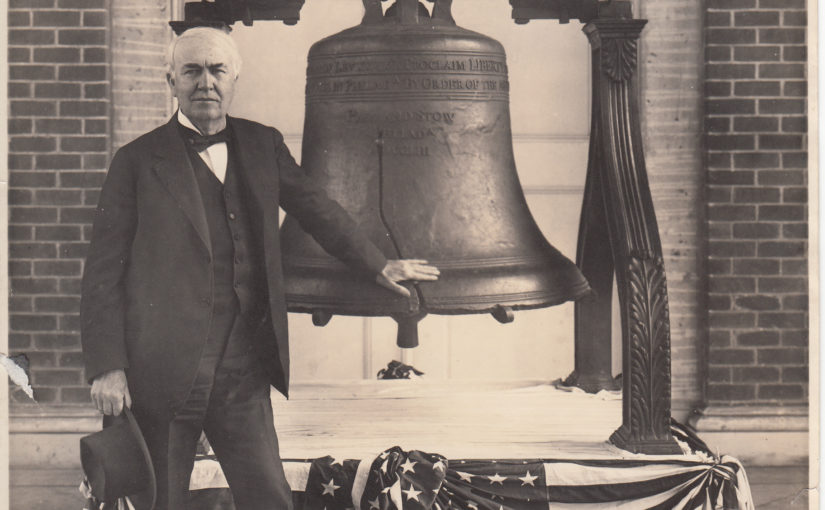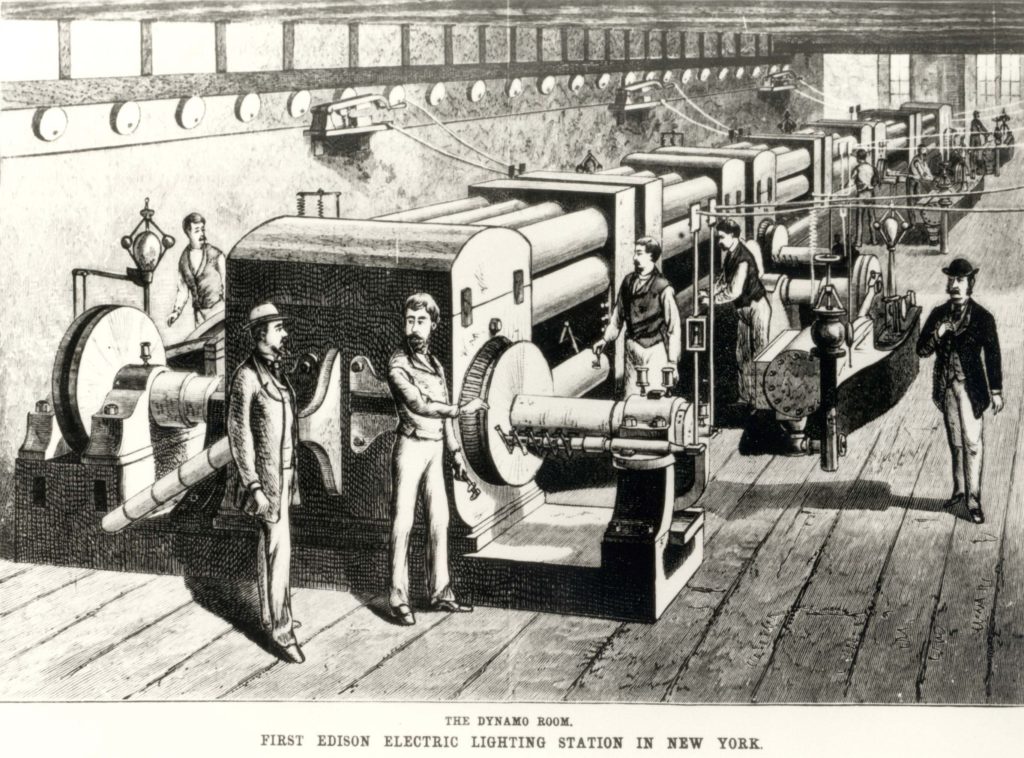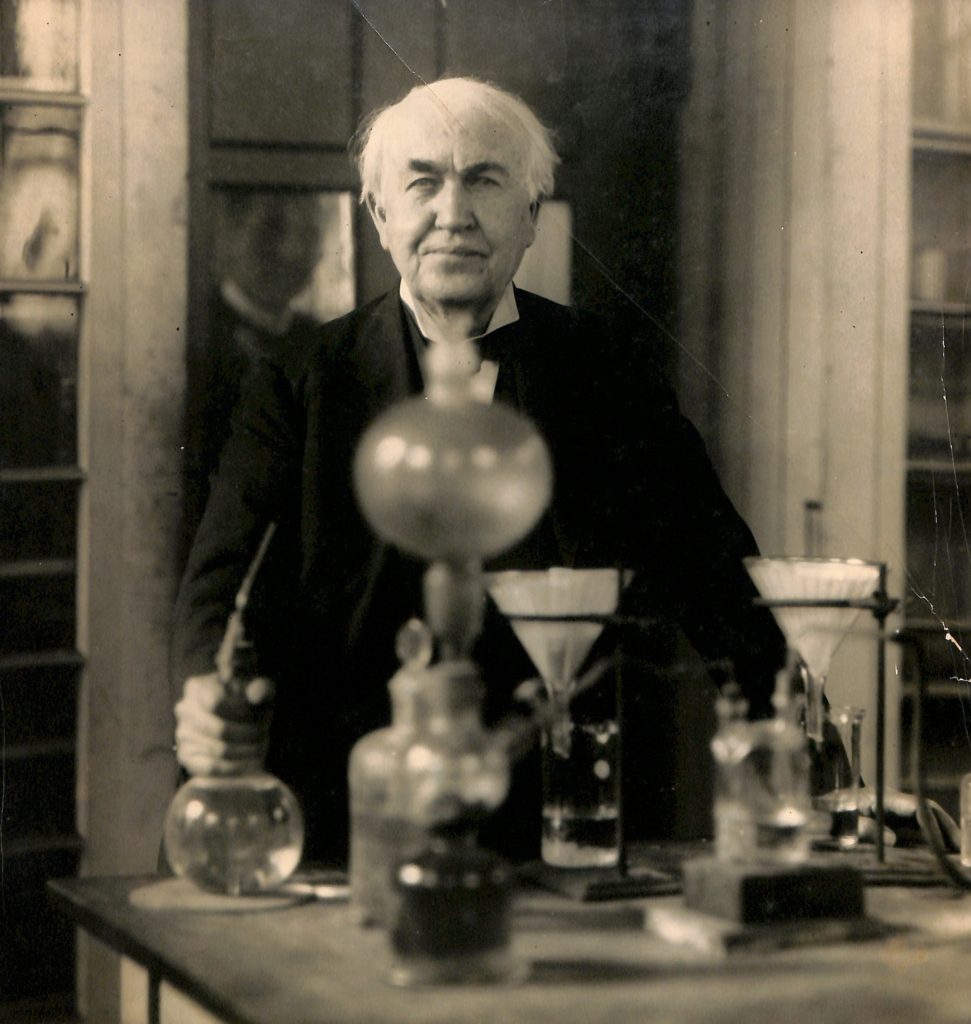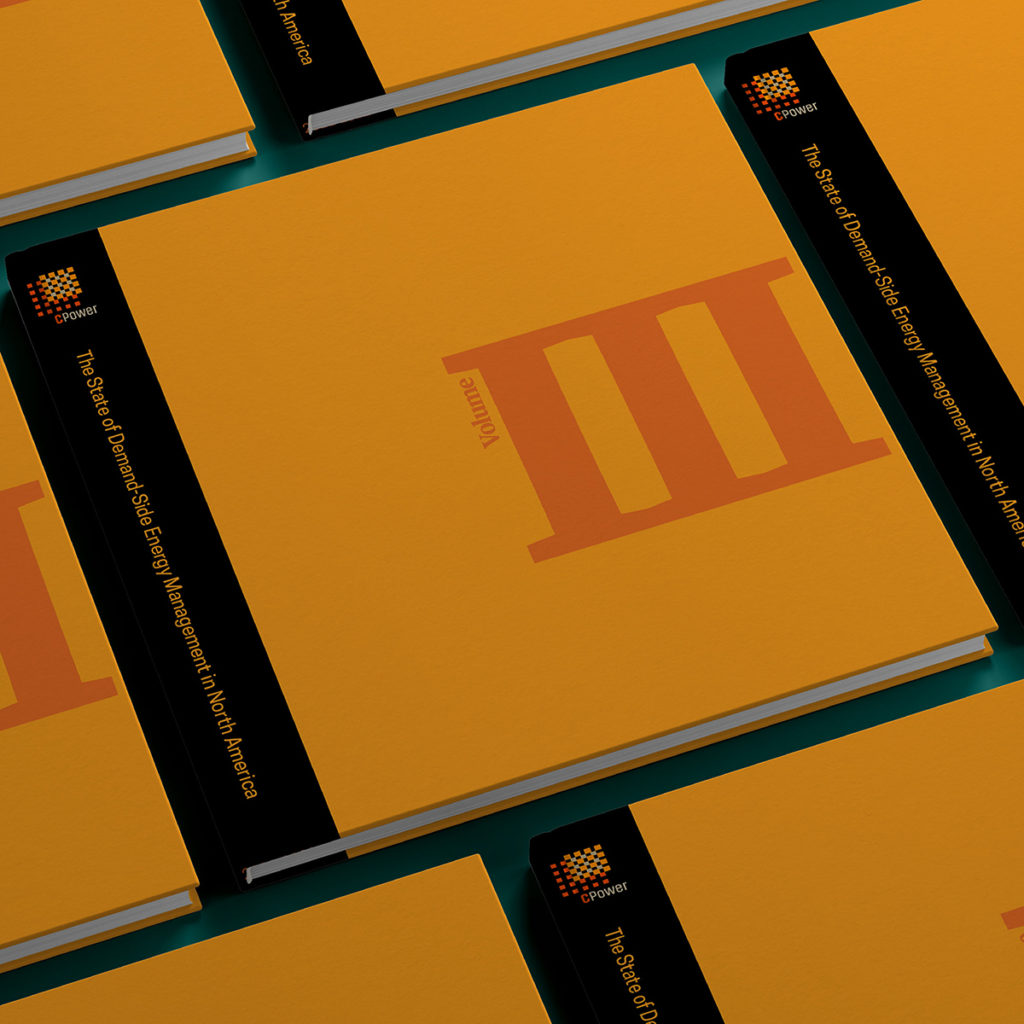If Thomas Edison could see the world today…

He’d likely marvel at the evolution of several modernities he helped invent.

The light bulb’s journey from Edison’s own incandescent systems that wowed in 1881 at such high-profile public events like the Paris Lighting Exhibition to the energy-efficient LED bulbs of today would certainly be worth a day of the great inventor’s study and fascination.
Having designed a battery that would be introduced in Henry Ford’s iconic Model T in 1912, Edison would no doubt also be impressed with the present-day ubiquity of electric vehicles. He might be even more astonished with those vehicles’ ability to not only plugin and charge their cells at charging stations throughout the country but also their ability to provide capacity back to the electric grid.
Indeed, the very nature of how electricity flows on today’s electric grid would certainly be of interest to Edison. A champion of direct current, Edison thought of electricity for much of his life the way scientists had viewed it for centuries—a continuous flow of current in one direction.
But what would Thomas Edison think of the bi-directional electric grid of today, in which electricity flows not from a central point of generation as it had during Edison’s time until his death in 1931 and would continue to do throughout much of the 20th century, but from many points of origin to its point of consumption?
To get his head around this modern marvel, Edison would likely conjure fond memories of September 4, 1882, when at 3 PM he turned on the generators at Pearl Street Station in Lower Manhattan, giving birth to America’s first electric grid—a distributed grid at that, with generation located at the site of demand.

By the time of his death in 1931, Edison’s vision of a nationwide electrical grid distributed by direct current had long become a hallucination, replaced by the realities of an ever-expanding grid powered by alternating current, championed by inventor and one-time Edison employee Nikola Tesla and muscled into practice by investor and entrepreneur George Westinghouse.
But it would be another of Edison’s former employees, Samuel Insull, who would have perhaps the greatest impact on the grid and the electric industry during the first half of the twentieth century.
A former personal secretary of Edison, Insull would develop and profit from his own creation of the regulated monopoly, which he made central to his hotly contested but ultimately successful argument for America’s electricity infrastructure in the 1920s. Widely credited as the inventor of such business model staples as time-of-use electricity rates, Samuel Insull would go down in history as the father of the modern electric utility.
Imagine Edison in 2021, emerging ninety years after his death to view the grid of today and examine its evolution and that of the industry built around it.
He’d certainly study electricity’s flow not just from a central plant to its point of consumption as he’d always imagined, but also from points throughout the distribution system from “prosumers,” commercial and industrial organizations that both consume and produce electricity to serve the needs of the grid.
Eventually, the great inventor and lifelong entrepreneur might ask many of the questions the team at CPower answers in this, the third volume of our annual State of the Demand-Side Energy Management in North America.
Each year we take an in-depth look at the issues and trends affecting the deregulated energy markets in the US and present a breakdown of the key items we think organizations like yours need to understand to make the most of your energy use and spend in the coming year.

If Thomas Edison could see the grid of today, he’d likely be amazed that the opportunity to earn money by supplying electricity to the grid no longer exists solely among the few centralized plants and utilities and operators that control them.
He’d be awestruck at the opportunities available for commercial and industrial organizations to use their existing energy assets to earn revenue by helping the grid stay in balance. He’d surely also be inspired by the ways organizations across the country are using demand-side energy management to reduce carbon emissions and achieve their sustainability goals.
So are we.
It’s a big electric grid, a bigger country, and it’s an exciting time to be traveling across the bridge to energy’s future.
Let’s go.
This post was excerpted from The State of Demand-Side Energy Management in North America Volume III, a market-by-market analysis of the issues and trends the experts at CPower feel organizations like yours need to know to make better decisions about your energy use and spend.
CPower has taken the pain out of painstaking detail, leaving a comprehensive but easy-to-understand bed of insights and ideas to help you make sense of demand-side energy’s quickly evolving landscape.



